
The renowned American architect Frank Lloyd Wright designed over 1,100 structures throughout his lifetime, but it may surprise casual admirers of his work that more than half of them - precisely 660 - remain unbuilt and unseen by the public.
However, a collaboration between Spanish architect and digital artist David Romero and the Frank Lloyd Wright Foundation aims to change this. Romero first worked with the foundation, which bears the late architect's name, in 2018 to create 3D renderings of what Wright's unbuilt or demolished projects would have looked like if they had been built or reconstructed.
Six decades after Wright’s death, this project demonstrates how the architect’s work is still inspiring designers, architects, and artists.
Here's an interview with David Romero.
What inspired you to begin and keep up with this project?
It all started as a project to help me improve my skills in using architectural rendering software tools. I have always been in love with Wright's architecture, and it would be helpful, from a theoretical point of view, to recreate those buildings that have been demolished or never built.
I started by modelling the Larkin administration Building as iconic in architectural history but realized halfway through that I had bitten off more than I could chew as the building was too big and complex. I then decided to take a more straightforward structure, the Pauson house, which took me about six months of work in my free time, and by the end, I had already acquired enough knowledge to return to Larkin.
After finishing both buildings, I published them in amateur forums on the internet and verified that the project was received with interest. Later, the Frank Lloyd Wright Foundation became interested in my project, and currently, I collaborate with them by publishing my recreations in their quarterly magazine.
Why is it so important that people see these buildings come to life in your mind?
It's a way to understand them better and learn from them, although I think for many admirers of Wright's work, there's also an emotional reason as it's fascinating to see them like this.
What software are you using to make these?
I usually start my models in AutoCAD (which I know is a rarity nowadays). Then, when they are consistent, I export them to 3dsMAX, adding the vegetation and the environment and working on the repeating elements using the RailClone plugin.
Lastly, I use the Vray rendering engine to create static images. I am currently also working on creating animations, and I hope to be able to show a video soon.
What are the challenges in reimagining masterpieces that were never built or lasted such a short period after being made?
It's a miracle that almost all of Frank Lloyd Wright's drawings have been preserved, especially considering that his successive houses suffered three fires. As a result, there is a lot of first-hand graphic material, although it depends on how far FLLW went in the design process for a particular building, that material varies from simple sketches to complete construction plans. Moreover, all that material has been scanned and available online for several years.
That being said, no matter how well-documented a project is, there are always gaps to fill, and it is unavoidable to speculate, so I generally study other projects that Wright does exist, and I also discuss with other experts on Wright's work. This aspect of my job is one of the most satisfying because it is where I have some freedom. Then there is the "photographic" part, where what I do is not very different from that of a photographer specializing in architecture.
Deserve special mention of the Larkin Administration Building and the Pauson House, buildings that existed but have sadly been demolished. I feel a particular moral obligation to do justice by recreating them. It is a pity that something like this has happened and continues to happen because, almost every year, some of Wright's works are lost. They are great works of art; without them, the world is a little worse.
What else are you working on?
Frank Lloyd Wright designed more than 600 buildings that were never built. So far, I've recreated about twenty, so I have much work ahead of me...
Will some of these buildings be physically built due to your work?
It is a possibility; in some cases, it has been done. However, it is highly controversial, especially in the case of buildings that were never built, because it raises many practical problems and, above all, ethical issues: Architecture must be applied to technology and the society of its time and recreating buildings from the past would deprive new generations of architects of developing their talent.
Works: Lea House; The Illinois; Cristal Heights; National Life Insurance; Rosenwald School; Arizona Capitol; Broadacre city; Hunftinton Hardford; Universal Portland; Morris house I; Morris house II; Lake Tahoe; Butterfly bridge; Valley National Bank; Roy Wetmore Workshop; Spaulding print room; Gordon Strong Automobile Objective; Smith house; Trinity chapel; Pauson house; Larkin administration Building.
About David Romero:
David Romero is an architect who generally works in Madrid to design public buildings, such as hospitals or administrative facilities for the state. His personal project to recreate works that have been demolished or never built has received significant media attention, and he is currently actively collaborating with the Frank Lloyd Wright Foundation, imagining what these projects would be like.


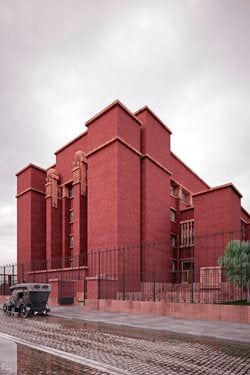 2
2
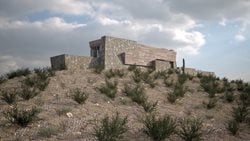 4
4
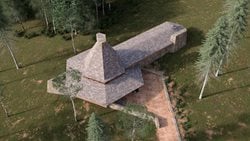 2
2
 1
1
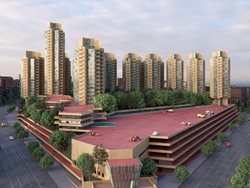 0
0
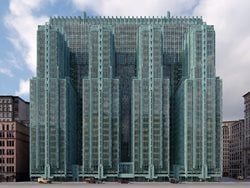 1
1
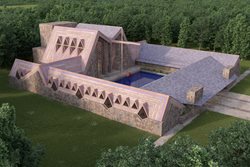 0
0
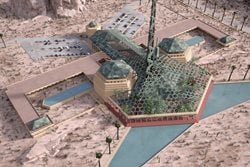 0
0
 2
2
 1
1
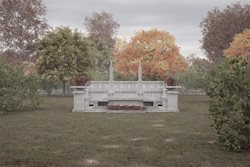 1
1
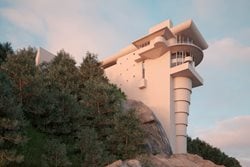 4
4
 4
4
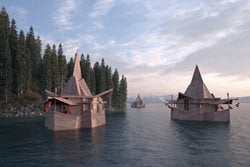 0
0
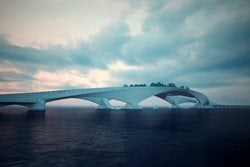 2
2
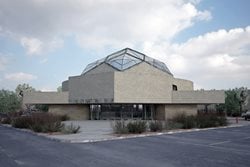 0
0
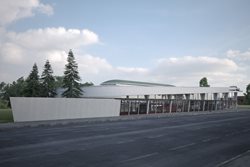 1
1
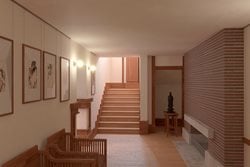 1
1
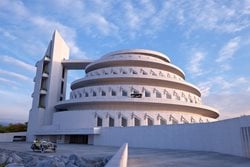 0
0
 1
1
 1
1
comment